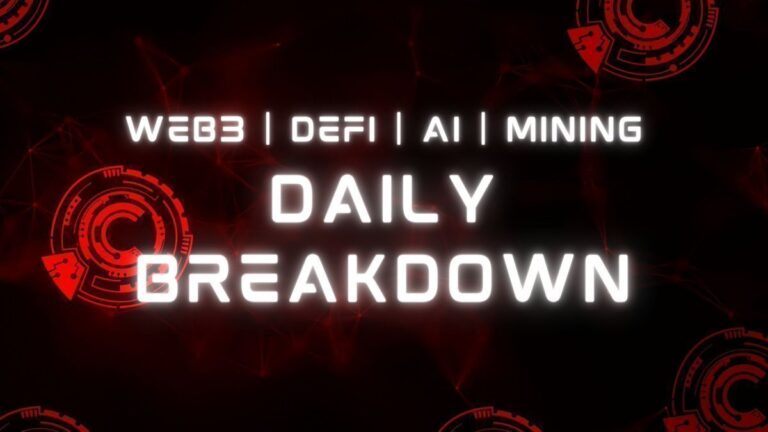
The Lightning Network, an innovative payment system, is a beacon of hope for Latin America and beyond. This second-layer network, built on the Bitcoin blockchain, enables instantaneous and low-cost Bitcoin transactions, eliminating the need for intermediaries. The Lightning Network is increasingly being used to send money globally, faster and cheaper than traditional financial systems.
Alyse Killeen, founder and managing partner of Stillmark VC, the first Bitcoin-focused venture capital firm established in 2019, describes the Lightning Network as a technology that democratizes access to the global economy. It accelerates and reduces the cost of reliable transactions, both online and offline.
Killeen is optimistic about the potential of the Lightning Network. It allows businesses to expand their markets to include the unbanked, and facilitates the sending of smaller payments, thereby reducing risks and costs in the remittance market.
The Impact of Bitcoin Expansion
As Bitcoin use expands, so does its impact. Two innovative companies are creating opportunities in South America in the payments and remittance space, extending financial services into areas where traditional means are inadequate.
Osmo: Revolutionizing Mobile Payments
Osmo, a mobile payment company, leverages the Lightning Network to help people in Latin America send and receive money using a mobile app. Its goal is to make digital payments faster, cheaper, and more accessible, particularly in countries with a high number of unbanked individuals.
The Bitcoin received is immediately and automatically converted to the local currency of the user. As Piero Coen, the mind behind Osmo, explains, users don’t need to understand Bitcoin; they just need to know it’s as easy as sending a Whatsapp message or an email.
Applications like Osmo are helping to bank the unbanked in locations where people might not be able to participate in the legacy system. This is made possible by leveraging Bitcoin and Lightning as payment rails, rather than holding the asset.
IBEX: Enterprise Solutions for Bitcoin’s Lightning Network
IBEX, a Bitcoin infrastructure company, specializes in providing enterprise solutions for Bitcoin’s Lightning Network. They offer their clients Lightning-as-a-Service infrastructure for quick, scalable deployment, which is essential in helping them leverage the Lightning Network to send value globally, instantly, and at any scale.
IBEX CEO Jose Lemus envisions a world where transactions are processed instantly, disrupting existing norms and paving the way for a more efficient future. The instant nature of the Lightning Network is especially pertinent in South America, reducing settlement risk and transaction fees for small businesses.
The Power and Efficiency of Bitcoin and Lightning
Both Osmo and IBEX facilitate instant value transfer over Bitcoin’s Lightning Network. Payment recipients either don’t, or don’t have to receive Bitcoin. It is simply the tool that facilitates the transaction.
As people begin to realize the power and efficiency of these methods, leveraging Bitcoin and Lightning as payment rails will become increasingly common. As Bitcoin continues to permeate underdeveloped economies, the next wave of adoption might just come from people who don’t even realize they’re using Bitcoin.
Understanding the Bitcoin Lightning Network
The Lightning Network is a layer-2 solution on the Bitcoin blockchain. Layer-2 solutions are a key component for scalability in blockchains. Of all layer-2 solutions, the Lightning Network is a crucial one owing to its association with Bitcoin (BTC) and its ability to help add utility value to the chain.
Bitcoin was envisioned and created as a peer-to-peer electronic cash system. This meant that users could transfer value without an intermediary. However, the creators of Bitcoin did not focus on scalability and transaction throughputs, which became a problem as the network grew.
The Evolution of the Lightning Network
The Lightning Network has evolved to address one of the most pressing issues in the Bitcoin ecosystem: the increase in transaction fees. Joseph Poon and Tadge Dryja started working on decreasing the transaction fees in February 2015, taking inspiration from Satoshi Nakamoto’s writings on payment channels.
Today, the Lightning Network boasts an array of products, projects, solutions, and experiments across verticals and functionality that includes gaming, wallets and payments, node management, infrastructure, and rewards.
How the Lightning Network Works
The Lightning Network leverages the concept of payment channels, enabling the creation of a peer-to-peer payment channel between two parties. Once established, the channel allows the transacting parties to send an unlimited amount of transactions that are nearly instant and inexpensive.
The Future of the Lightning Network
The Lightning Network is a crucial addition to the Bitcoin and cryptocurrency ecosystem. It could potentially alter the entire crypto economy by allowing for nearly free and instant transactions on the Bitcoin network.
Today, transactions are plagued with extremely expensive transaction fees and incredibly long confirmation times. The Lightning Network could potentially resolve all of that in an instant.
The Impact of the Lightning Network on Alternate Blockchains
Today, if you want to send someone a payment in cryptocurrency, it is significantly cheaper to use an alternative to Bitcoin such as Bitcoin Cash, Litecoin, or Ethereum. This is because these blockchains were designed so that their transaction fees are much lower, and their transaction times are often much faster.
But if the Lightning Network is able to completely resolve all issues related to fees and transaction times for Bitcoin, which is arguably the most valued and recognized cryptocurrency, will this mean the end of a wide swath of altcoins?
While it’s difficult to say exactly, it’s safe to say that it’s unlikely that just the Lightning Network would be able to eradicate or significantly damage alternate blockchains when they are already so popular and have thousands of supporters.
Conclusion
In the grand scheme of things, the Lightning Network is more than just a technological innovation. It’s a testament to the relentless pursuit of financial freedom and inclusivity. It’s a beacon of hope for those who have been left behind by traditional financial systems, and a tool for those who dare to envision a world where financial transactions are no longer a privilege, but a right.
The Lightning Network is not just about Bitcoin or cryptocurrency. It’s about the power of technology to break down barriers, to make the world a little bit smaller, and to give each of us the power to shape our own financial destiny. It’s about the promise of a future where everyone, regardless of where they were born or how much money they have, can participate in the global economy.
Sources
The information in this article is based on various sources including articles, white papers, and interviews from reputable outlets. The sources include:




